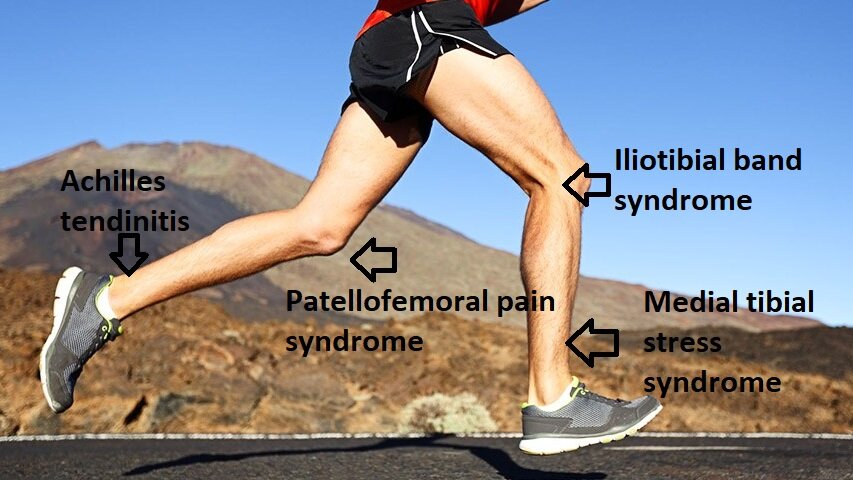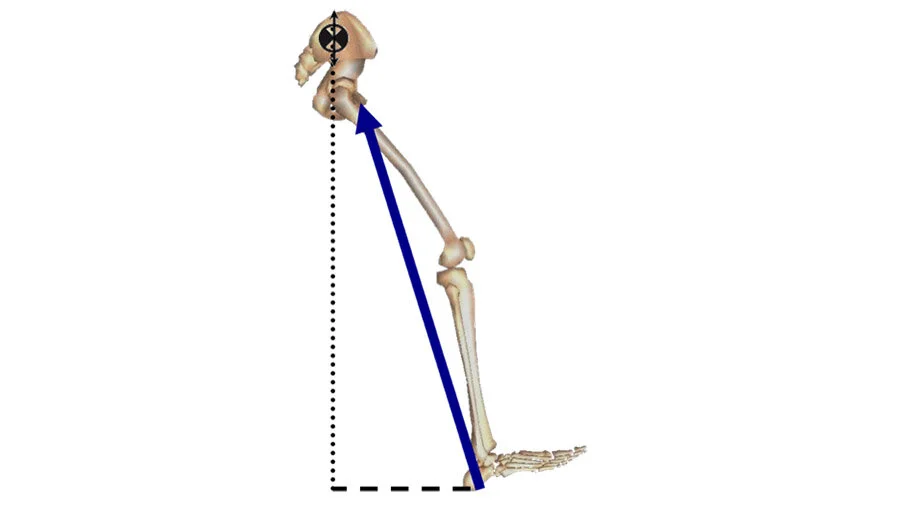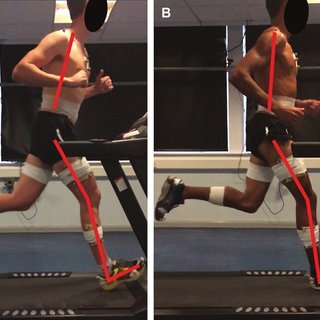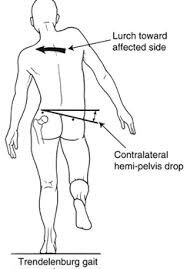By: Sayaka Tiessen, Hons. BKin, MSc (PT)
It’s been a while! Life has been insanely busy the past couple months. You might have noticed on my social media feeds that I have moved my physiotherapy practice to join forces with Delanghe Chiropractic & Health/Health & Performance. Pumped for what this opportunity will bring!
So what’s on the agenda today? In honour of a few patients I have seen recently for a variety of running related injuries, we will be addressing the question: do injured runners run differently?
I will be drawing from an article by Christopher Bramah published in 2018 that looks at this very issue. He compared healthy runners (no reported injury in over 18 months) to injured runners to see if there were any run gait characteristics that were predictive of current injury. He specifically looked at the four most commonly cited soft tissue injuries in the running population: Patellofemoral Pain Syndrome, Iliotibial Band Syndrome, Medial Tibial Stress Syndrome, Achilles Tendinitis.

You might not have heard of these conditions before, but you have probably experienced them. Here is a quick breakdown of what each of these injuries involve in the simplest of terms:
Patellofemoral Pain Syndrome (PFPS): pain around the patella, aka the knee cap at the front of the knee
Iliotibial Band Syndrome (ITBS): pain at the outside of the knee
Medial Tibial Stress Syndrome (MTSS): AKA Shin Splints (the bane of my existence for many years), pain around the inner part of the bottom 1/3 of the shin.
Achilles Tendinitis (AT): pain at the Achilles tendon.
I have to say, it’s always pretty neat when the findings of a study are similar to what you experience clinically. After analyzing the running biomechanics of the injured and non-injured study participants, Bramah’s team found that the injured runners presented with:



These are pretty important to note because they can actually exacerbate your injury by adding stress to the already injured tissues. Talk about adding insult to injury!
I do have to acknowledge that not every runner is the same. There are some runners that are FAST, have a wicked hip drop, and are totally functional. But as a physiotherapist, it is good for me to keep in mind that these running traits are often present with an injured runner.
What are the implications?
If you are a runner dealing with any type of injury, come in and get assessed. The weather is warming up and nothing is more of a bummer than not being able to get out there and enjoy it.
I do not believe that all runners should run the same way. However, I am not opposed to tweaking your run form to help iron out some of these movements patterns. Gait assessments are a great way to get a second set of eyes on your run form and see if there is anything we can adjust with cueing.
On top of running tips, I always give some homework to help you move better. I typically assign a short list of exercises that are targeted to your concerns – all business, no filler.
Don’t let nagging injuries keep you on the couch! Let’s work together to get you back out there! Click here to book now

Comments are closed here.